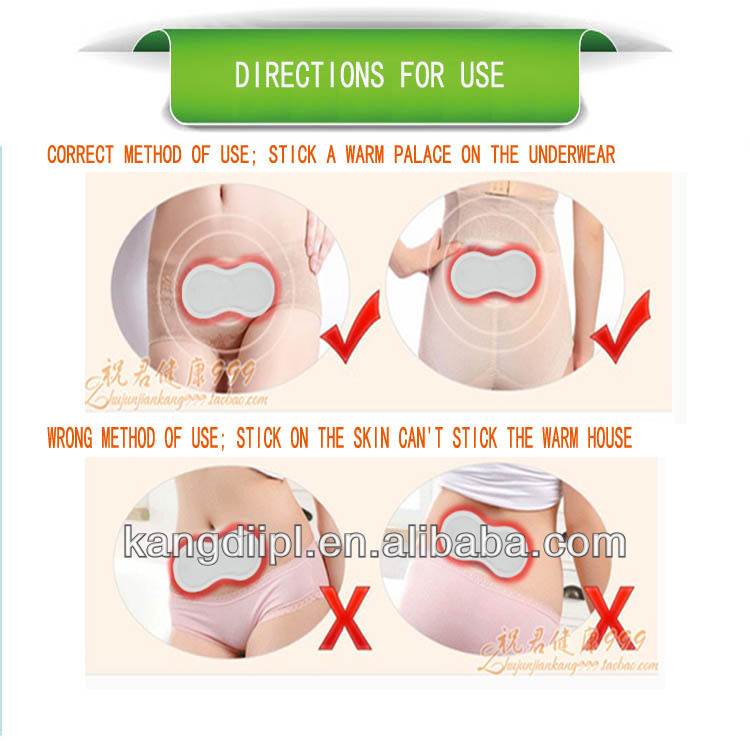
• Ultrasound. This test uses sound waves to create an image of your uterus, cervix, fallopian tubes and ovaries. • Other imaging tests. A CT scan or magnetic resonance imaging (MRI) provides more detail than an ultrasound and can help your doctor diagnose underlying conditions. Aeneid Stanley Lombardo Pdf Writer on this page. A CT scan combines X-ray images taken from many angles to produce cross-sectional images of bones, organs and other soft tissues inside your body.
MRI uses radio waves and a powerful magnetic field to produce detailed images of internal structures. Both tests are noninvasive and painless. • Laparoscopy. Laparoscopy usually isn't necessary for the diagnosis of menstrual cramps, but it can help detect an underlying condition, such as endometriosis, adhesions, fibroids, ovarian cysts and ectopic pregnancy.
Trade with PURIFEE Visit for detailed information on high quality Patch for Relieving Menstrual Cramps.
During this outpatient surgery, your doctor views your abdominal cavity and reproductive organs by making tiny incisions in your abdomen and inserting a fiber-optic tube with a small camera lens. Treatment Menstrual cramps are treatable. Your doctor may recommend: • Pain relievers. Your doctor may suggest taking over-the-counter pain relievers, such as ibuprofen (Advil, Motrin IB, others) or naproxen sodium (Aleve), at regular doses starting the day before you expect your period to begin.
Prescription nonsteroidal anti-inflammatory drugs (NSAIDs), such as mefenamic acid (Ponstel), also are available. If you can't take NSAIDs, acetaminophen (Tylenol, others) may lessen your pain. Yigal Mesika Exploding Light Bulb Pdf Printer on this page.
Start taking the pain reliever at the beginning of your period, or as soon as you feel symptoms, and continue taking the medicine as directed for two to three days, or until your symptoms have gone away. • Hormonal birth control. Oral birth control pills contain hormones that prevent ovulation and reduce the severity of menstrual cramps. These hormones can also be delivered in several other forms: an injection, a patch you wear on your skin, an implant placed under the skin of your arm, a flexible ring that you insert into your vagina, or an intrauterine device (IUD).
If your menstrual cramps are caused by an underlying disorder, such as endometriosis or fibroids, surgery to correct the problem may help reduce your symptoms. Surgical removal of the uterus also may be an option if you're not planning to have children. Lifestyle and home remedies Things you may want to try at home include: • Exercise. Studies have found that physical activity may ease the pain of menstrual cramps. Soaking in a hot bath or using a heating pad, hot water bottle or heat patch on your lower abdomen may ease menstrual cramps. Applying heat may be just as effective as over-the-counter pain medication for relieving menstrual cramps. • Dietary supplements.
A number of studies have indicated that vitamin E, omega-3 fatty acids, vitamin B-1 (thiamine), vitamin B-6 and magnesium supplements may effectively reduce menstrual cramps. • Avoiding alcohol and tobacco. These substances can make menstrual cramps worse. • Reducing stress. Psychological stress may increase your risk of menstrual cramps and their severity. Alternative medicine Most alternative therapies haven't been well-studied for treating menstrual cramps and need further study before experts can clearly recommend one treatment or another. However, some alternative treatments may help with menstrual cramps, including: • Acupuncture.